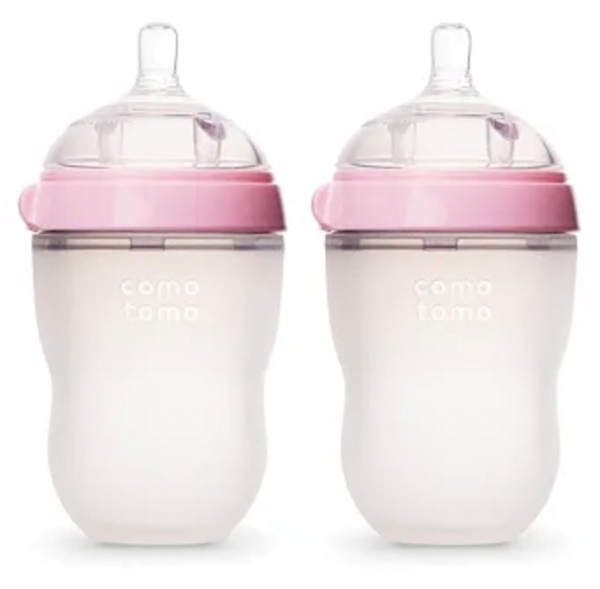
The important national standard in the field of infant products safety, Bottles and Nipples for Infants and Young Children (GB 38995-2020), was implemented on November 1, 2021. The standard is based on the enterprise alliance standard of "Safety Requirements for Infant Bottles" formulated by Guangzhou Customs Technology Center. Industry insiders said that the standard is demanding and mandatory, and will play a positive role in standardizing product design and improving material safety, which has a significant impact on both consumers and the healthy development of the industry as a whole.
Li Shili, senior engineer of the Testing Institute of Toys and Infant Products of Guangzhou Customs Technology Center, introduced that before the release of the new national standard, the implementation standards of bottle nipples included health standards, alliance standards, local standards and enterprise standards, and the technical requirements and indicators were different; it was difficult to effectively guide the design and production of enterprises. : "The new national standard is a mandatory standard. Its release ends the history of no national standard for infant bottles and nipples, and has a far-reaching impact on standardizing industry production, improving product quality and guiding social consumption."
It is reported that the standard of "Infant Bottle and Nipple" stipulates many mechanical and physical requirements for printing pattern ink adhesion, capacity scale, capacity deviation, small parts, needling and pulling resistance, boiling water resistance, thermal shock resistance, safety retentivity and so on. It is suitable for infant feeding bottles made of plastic, glass, metal, ceramic, silicone rubber, rubber and other materials, including bottle body, nipple and auxiliary parts.
The thermal shock resistance of the glass feeding bottle body shall meet the requirements in the following table:
Glass material | Rapid cooling temperature difference | Request |
Soda-lime glass | 45℃ | No visible cracks or breakage |
Borosilicate glass | 100℃ | No visible cracks or breakage |
In the test, by simulating the specific temperature environment in water and air, the sample test environment is replaced according to the time period required by the standard, and the effect of rapid cooling and heating temperature difference is achieved by using cold and hot water tanks and electronic ovens. After the test, check the appearance of the sample for visible cracks or cracks.
The standard requires that the apparent stress at the bottom of glass bottles should be less than or equal to grade 4, which reflects the annealing quality of glass samples. According to the "interference color", the stress of the glass sample can be qualitatively judged: if the color of the sample is basically unchanged or only slightly changed, it indicates that the annealing quality is good and the process quality control is in place; on the contrary, if the interference color of some parts changes greatly, it indicates that the annealing quality is poor and it is easy to break in daily use.
The standard requires that the mechanical impact strength of the glass bottle body should be greater than or equal to 0.10 J, and the allowable number of breakage of 8 samples should be less than or equal to 1. The test principle is to release the specified impact energy by means of a pendulum impact.